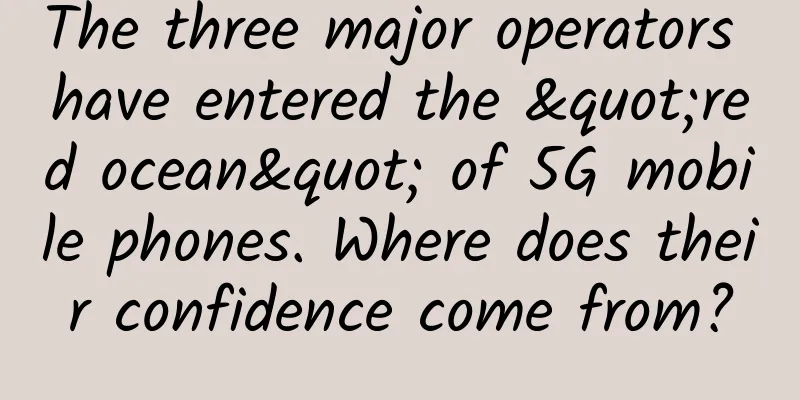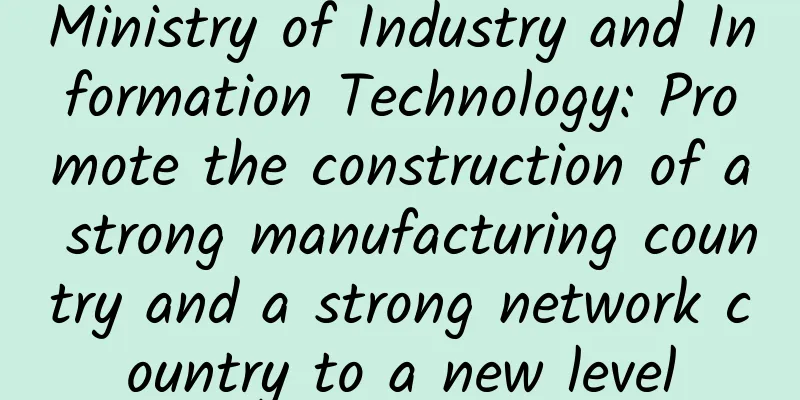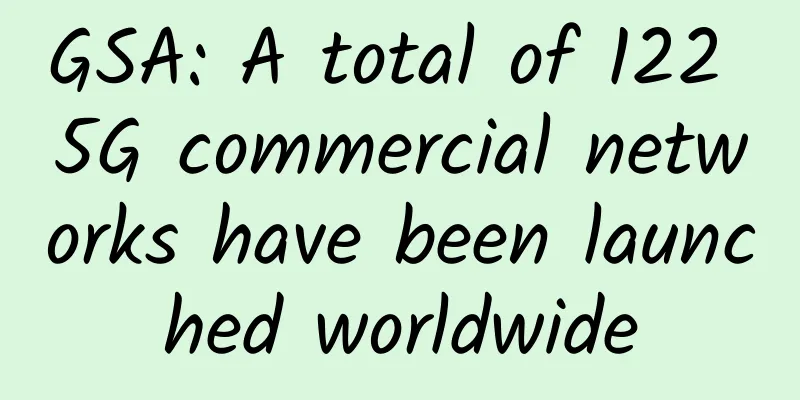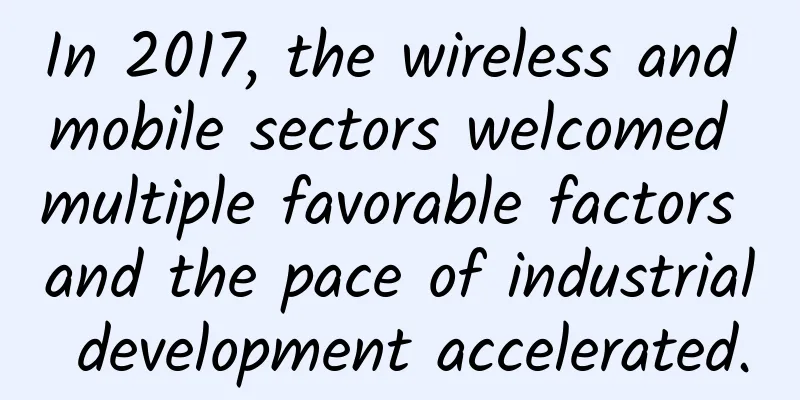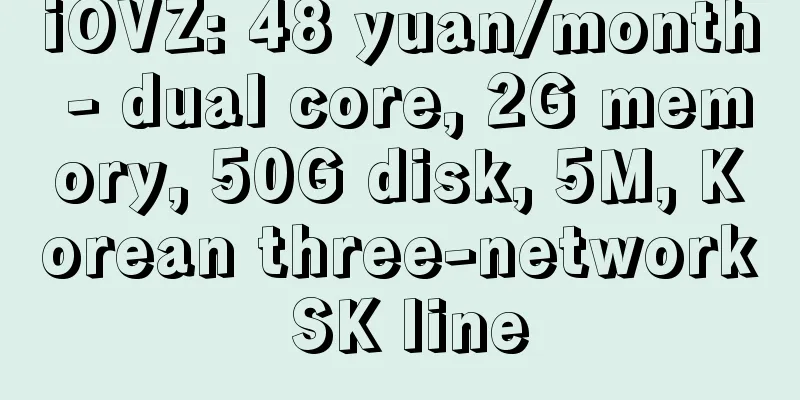In order to suppress China's 5G, American manufacturers teamed up to "turn the table"? How should Chinese manufacturers respond?
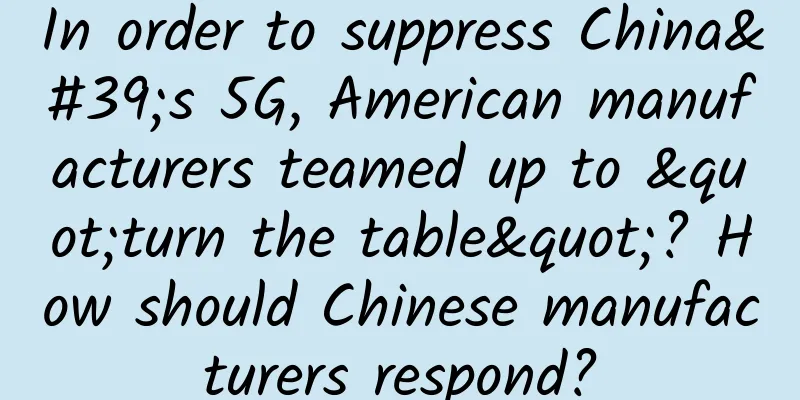
|
According to foreign media reports, recently, the Open RAN Policy Coalition, founded by 31 mobile ecosystem companies including Google, Amazon AWS, Microsoft, Facebook, Intel, Samsung, Qualcomm, and AT&T, was officially launched. Diane Rinaldo, former acting administrator of the National Telecommunications and Information Administration (NTIA), serves as the executive director of the organization. What does the Open RAN Policy Coalition do? It is reported that the purpose of the Open RAN Policy Alliance is to advocate government policies that will help promote the development of Open RAN technology. At the same time, through the protocols and interfaces between the various subcomponents in the "open" wireless access network, network deployment will adopt a more modular design to build an "open and interoperable" 5G wireless system without having to rely on a single supplier. 5G networks are mainly divided into three modules: radio access network (i.e. base station, RAN), bearer network and core network. The Open RAN Policy Alliance targets RAN. Unlike traditional RAN, OpenRAN separates hardware and software to achieve software-based virtual 5G network access. This allows operators to gain greater flexibility in deploying and upgrading their network architecture in various deployment scenarios and regions. This also means that open wireless access networks do not need to use the dedicated and expensive 5G basic hardware and dedicated software provided by a few equipment manufacturers. Instead, they can use hardware and software provided by more suppliers, allowing more non-traditional equipment manufacturers to join in. In other words, the purpose of establishing this alliance is actually to break the existing 5G wireless network architecture that relies on traditional telecommunications equipment manufacturers such as Huawei, Nokia, and Ericsson. According to statistics from Dell'Oro Group, the top five suppliers in terms of revenue share in the global telecommunications equipment market in 2019 were Huawei (28%), Nokia (16%), Ericsson (14%), ZTE (10%) and Cisco (7%). These five manufacturers together accounted for 75% of the global telecommunications equipment market. It should be pointed out that the telecommunications equipment market includes broadband access, microwave and optical transmission, mobile core network and radio access network (RAN), SP routers and CE switch markets. In the field of 5G radio access network, Huawei, Nokia, Ericsson and ZTE are the main players, and Cisco has almost never participated in the radio access network business. Obviously, the Open RAN Policy Alliance wants to break the existing 5G wireless access market dominated by non-US companies such as China's Huawei . The alliance believes that compared with the traditional proprietary single-supplier network architecture, multi-supplier deployment provides operators with greater flexibility and ability to manage the network, while promoting a more competitive market. Diane Rinaldo also said in a statement: "As the current global pandemic has shown, vendor choice and flexibility in next-generation network deployments are necessary from a security and performance perspective. By promoting policies that standardize and develop open interfaces, we can ensure interoperability and security among different players and potentially lower the barrier to entry for new innovators." In addition, regarding the current concerns of many countries and governments that dependence on certain single telecommunications equipment suppliers will pose a threat to 5G network security, the alliance also believes that Open RAN may address government concerns about 5G network security. Diane Rinaldo also outlined some steps the organization believes policymakers can take to promote the development of the Open RAN ecosystem, including: supporting the global development of open and interoperable wireless technologies; clarifying government support for open and interoperable solutions; using government procurement to support supplier diversity; and funding research and development. US-led Open RAN and the Open RAN Policy Alliance As early as 2016, the American Internet company Facebook established the new TIP project (Telecom Infra Project), which brings together operators, infrastructure providers, system integrators and other technology companies to jointly develop new technologies and use them to change the traditional methods of building and deploying telecommunications network infrastructure. The core of TIP's work is to jointly develop and deploy open, decoupled, and standardized solutions with operators to get rid of the dependence on traditional proprietary single-supplier network architecture. OpenRAN is one of the plans of the TIP alliance. Previously, TIP alliance members mainly included Facebook, Vodafone, Deutsche Telekom, Telefonica, British Telecom subsidiary EE, Philippines' Globe Telecom, South Korea's SK Telecom, Intel, Nokia and other manufacturers. The Open RAN Policy Alliance established this time has formed a more influential alliance based on TIP, integrating more Internet manufacturers, chip manufacturers, equipment manufacturers and operators, to accelerate the implementation and global deployment of Open RAN. Currently, the Open RAN Policy Coalition brings together 31 companies from around the world, including telecom operators that are testing Open RAN equipment, and hardware companies that develop mobile radio networks based on open source modular products. It is reported that members of the Open RAN Policy Coalition include: Internet and cloud service providers Amazon, Google, Microsoft, Facebook, etc.; Telecom operators AT&T, Verizon, Telefonica, Vodafone, NTT DoCoMo, Rakuten, and Dish Network, which has announced that it will build its upcoming 5G network based on the Open RAN architecture; Hardware and chip manufacturers include Dell, Intel, IBM, Samsung and Qualcomm. Other members include VMWare, Airspan, Altiostar, Mavenir, NEC, Parallel Wireless, Cisco, CommScope, Fujitsu, Juniper Networks, NewEdge Signal Solutions, Oracle, US Ignite, World Wide Technology and XCOM-Labs. It can be seen that among the above 31 manufacturers, American manufacturers account for the majority, and the remaining manufacturers are mostly from the United States’ allies, and there is no Chinese manufacturer. Moreover, among the top five telecom equipment suppliers in the world, except for Cisco, Huawei, Ericsson, Nokia and ZTE are not on the list of members. It is worth noting that except for Cisco, Huawei, Ericsson, Nokia and ZTE are not American manufacturers. Moreover, Nokia, which was originally in the TIP Alliance, was also excluded from the initial members of the Open RAN Policy Alliance. The alliance's executive director is Diane Rinaldo, former acting administrator of the National Telecommunications and Information Administration (NTIA). Obviously, the Open RAN Policy Alliance is led by the United States and aims to break the existing telecommunications equipment market dominated by non-US manufacturers. Although it sounds good to "provide more choices and prevent any company from dominating the 5G market", in fact it is still aimed at suppressing China's Huawei, ZTE and other telecommunications equipment manufacturers. The United States is "turning the table", how should Chinese manufacturers respond? The US government has always hoped that the US telecommunications network can get rid of its dependence on equipment suppliers outside the United States, especially when China's Huawei has become the leading manufacturer in the market and has a huge lead in the 5G market. In response, the United States has long joined forces with its allies to suppress Huawei, trying to squeeze Huawei out of the US and its allies' markets, and even included Huawei on the "Entity List" last year. Unfortunately, the series of suppression by the United States did not defeat Huawei. Instead, it made Huawei get rid of its dependence on the United States for many key components and technologies. At present, Huawei still maintains a large leading advantage in the number of 5G orders and 5G base station shipments. In addition, the United States is also worried about the second and third largest suppliers in the telecommunications equipment market. After all, Nokia and Ericsson are not American companies. In February this year, when U.S. Attorney General William Barr talked about how to counter China's Huawei's dominance in the 5G field, he even proposed that the United States could directly or indirectly control Nokia and Ericsson through a private enterprise consortium between the United States and its allies. The establishment of the Open RAN Policy Alliance is precisely to reverse the situation in which Chinese manufacturers are becoming more and more influential in the telecommunications equipment market, while the influence of American manufacturers is becoming weaker and weaker (Cisco's share has been declining, ranking last among the top five manufacturers), and to further strengthen the US-led Open RAN. It's like the United States is playing cards at the poker table. It has a good hand but gradually loses to China. Then it suddenly throws away the "bad cards" in its hand, overturns the table, and says it doesn't want to play anymore. It pulls its younger brothers to start a new table, and takes control of all the good cards in its hand first, while also playing according to its rules. How should Chinese manufacturers respond in this context? It is impossible to completely ignore the actions of the Open RAN Policy Alliance. After all, the openness of RAN is an inevitable trend, and the influence of these 31 manufacturers after the alliance is indeed too great. However, seeking to join the Open RAN Policy Alliance led by American manufacturers is probably courting disaster. Being led by the nose according to other people's standards is no joke. Then establishing an open alliance led by Chinese manufacturers has become an option, after all, China itself has a huge market as support. But this seems a bit small. It is worth mentioning that in 2018, China Mobile, AT&T, Deutsche Telekom, NTT DOCOMO and Orange also led the establishment of an organization similar to Open RAN - the O-RAN Alliance. The purposes of O-RAN and Open RAN are very similar, both are aiming at RAN. The difference is that Open RAN is dominated by American manufacturers represented by Facebook, and this is especially true for the Open RAN Policy Alliance established this time. As for O-RAN, Chinese manufacturers have been deeply involved in it since the beginning. Currently, 22 operators including China's three major operators and 117 industry companies have joined. The O-RAN management structure includes an operations committee composed of 15 operators and a technical steering committee (TSC) co-chaired by Dr. Sachin Katti, a professor at Stanford University, and Dr. Chih-Lin I, chief scientist of wireless technology at China Mobile. Moreover, O-RAN was established as a German entity in August 2018, avoiding the influence of the US government. |
>>: How to move your contact center to the cloud to prepare for the pandemic
Recommend
MPLS Multi-Protocol Label Switching is a must-have network technology for carrier backbone networks. Learn more in one minute
1. Understanding MPLS Background Traditional IP d...
Is your home network not powerful enough? Let's see if you have fallen into these "pitfalls"!
Everyone may be familiar with the Internet. Both ...
Interesting explanation of TCP three-way handshake and four-way wave
Students who have studied computer networks know ...
Dr. Li Jin: Is building credibility “regardless of cost”?
[51CTO.com original article] June in Beijing is w...
Global Private 5G Network, Taking Enterprise to the Next Level!
A recent analysis by Frost & Sullivan shows t...
Finally someone has explained 5G+AI clearly
01 The concept of 5G The full name of 5G is the f...
Ruijie Networks' scenario-based wireless technology helps Suning's new shopping model of "Internet + Retail"
As a leading enterprise in China's private en...
The “unlimited data” package is secretly deducting money, and even the Ministry of Industry and Information Technology can’t stand it anymore!
Living in this era of the Internet, where you can...
Hosteons 5th Anniversary Double Traffic for All VPS Hosts, VPS Hosts Annual Payment of $16, 5 Data Centers in Los Angeles/Dallas
Hosteons is currently running a 5th anniversary p...
GreenCloudVPS 8th Anniversary Event, 50% off on annual VPS
GreenCloudVPS released an email about its 8th ann...
edgeNAT VPS monthly payment 20% off, annual payment 30% off, US/Hong Kong/Korea VPS monthly payment starts from 48 yuan
edgeNAT has released a regular promotion for June...
How will your life change in the next five years? Artificial intelligence may enter various industries like hydropower
The country recently announced the draft outline ...
Software-defined architecture enables network optimization for cloud access
Everyone is talking about the huge changes that c...
5G packages are expensive, and you can't afford to change to a 5G phone? In fact, you can connect to 5G without a 5G package
In October 2019, I wrote an article saying that i...
Shanxi Yangquan Big Data and Intelligent Internet of Things Industry Development Conference was grandly held in "China Cloud Valley - Yangquan"
[October 13, Yangquan, Shanxi] On October 13, the...
